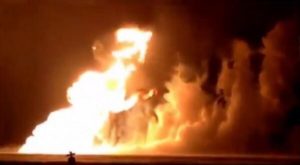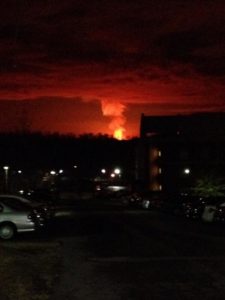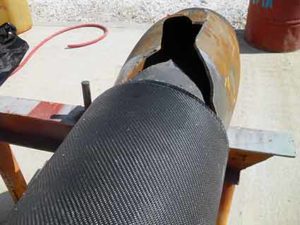â€

Preventing Pipeline Explosions: A Critical Step Toward Safety and Reliability
Pipeline explosions are a growing concern across the world, with devastating consequences that include loss of life, property damage, service disruptions, and environmental harm. According to the National Transportation Safety Board (NTSB), two major causes of natural gas pipeline explosions are mechanical failure and high-pressure ruptures. As experts like Richard Peekema explain, even small gas leaks—such as those from weld cracks or corrosion pinholes—can accumulate in the surrounding air, creating a serious explosion risk. Fortunately, these dangers can be addressed through proactive maintenance and advanced reinforcement solutions.
This winter, freezing temperatures have swept across the U.S. and Canada, making heating a necessity for millions. When gas pipelines fail, it’s not just an inconvenience—it becomes a life-threatening situation. Earlier this year, a pipeline operated by TransCanada Corp exploded in Canada, sending flames over 600 feet into the sky and burning for more than 12 hours. The incident cut off natural gas supply to 4,000 homes and businesses, leaving them without heat during a brutal blizzard with temperatures as low as -20°F. Such outages can have long-lasting impacts on communities and businesses alike.
In February 2014, a similar disaster struck Kentucky. A gas pipeline managed by Columbia Gulf Transmission exploded, creating a massive crater nearly 60 feet deep. Rocks were thrown over 150 feet away, and the fire was visible from 25 miles away. The blast destroyed two homes, damaged several others, and caused significant destruction. Although the exact cause remains unclear, it likely involved one of the common issues that lead to such accidents. Many of these incidents could have been prevented with modern, reliable reinforcement technologies.
HJ3's CarbonSeal carbon fiber reinforcement system is a game-changer in pipeline safety. Used in locations ranging from Boston to Mexico, this technology strengthens aging pipelines and helps them withstand extreme pressures. Recently, HJ3's system passed rigorous burst tests, earning approval for all PEMEX pipeline repairs. It can handle pressures up to 5,200 PSI—far exceeding the typical operating range of 200–1,500 PSI for most gas pipelines. If you're responsible for pipeline infrastructure or concerned about its safety, consider exploring HJ3's proven solutions. Contact our project managers today to learn more and ensure your pipelines remain safe and reliable.
â€

â€

â€
liquid Level Detection Machine
Liquid Level Detection Machine,Liquid Level Inspection Machine,Liquid Level Inspect Machine,Liquid Level X-Ray Machine
Zhoushan willman machinery technology Co.,Ltd , https://www.zhoushanwillman.com